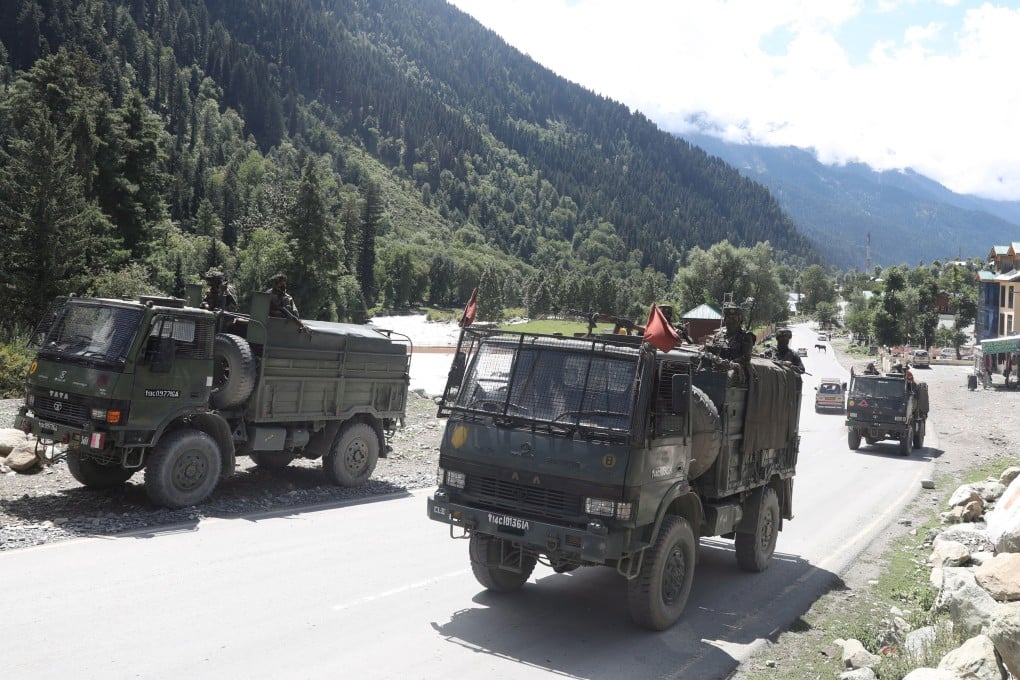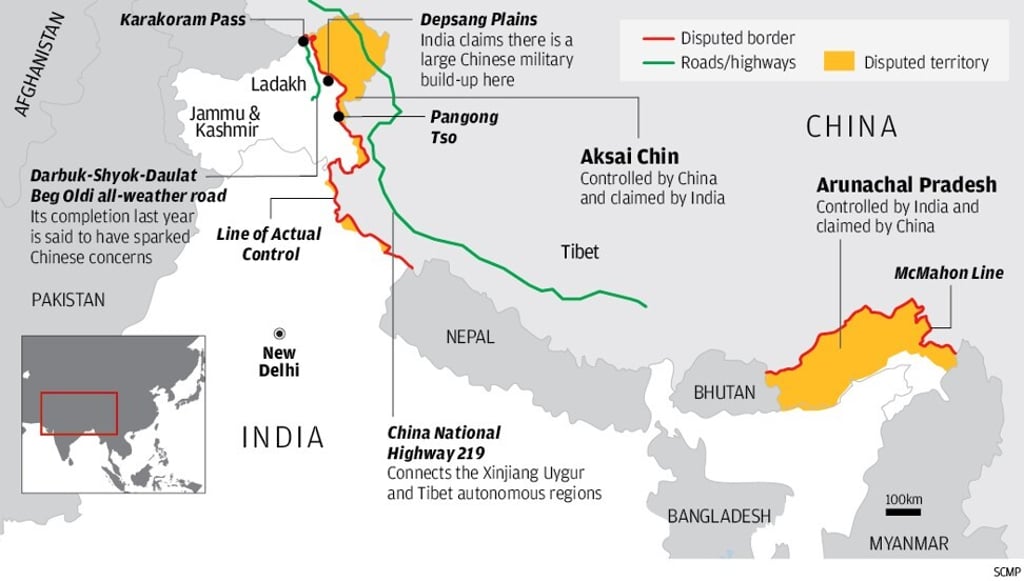Advertisement
India-China border dispute: is Beijing’s latest stance pushing both sides to the brink of conflict?
- China’s resurrection of a 1959 claim line and its stance on Ladakh are doing little to ease border tensions with India, analysts say
- An emerging concern is the Line of Actual Control could become heavily militarised, like the India-Pakistan border which sees frequent firing of arms leading to casualties
Reading Time:4 minutes
Why you can trust SCMP
0

Even as India and China hold a flurry of talks to ease a months-long stand-off at their undemarcated 3,488km border, Beijing’s resurrection of an old claim line and its comments on the Himalayan region of Ladakh threaten to heighten suspicions and push both back to the brink of conflict, analysts say.
On Tuesday, a day before Chinese and Indian diplomats held a regular meeting about their seven-decade-old border dispute, Beijing said it would abide only by a “very clear” border alignment first spelt out in 1959 by late Chinese Premier Zhou Enlai.
The alignment, stated in Zhou’s letter to then-Indian Prime Minister Jawaharlal Nehru on November 7, had proposed that “each withdraw 20 kilometres at once from the so-called McMahon Line in the east, and from the line up to which each side exercises actual control in the west”.
The proposal, however, was rejected by Nehru and has since then also been rejected by subsequent Indian governments.
India’s border with China spans the Karakoram mountain range in the north, to the trijunction with Myanmar in the east. In the west, the de facto border, separating Chinese-controlled Aksai Chin and Ladakh, is the Line of Actual Control (LAC) – known as the McMahon Line in India’s northeastern region, a relic of the colonial era.
Advertisement
